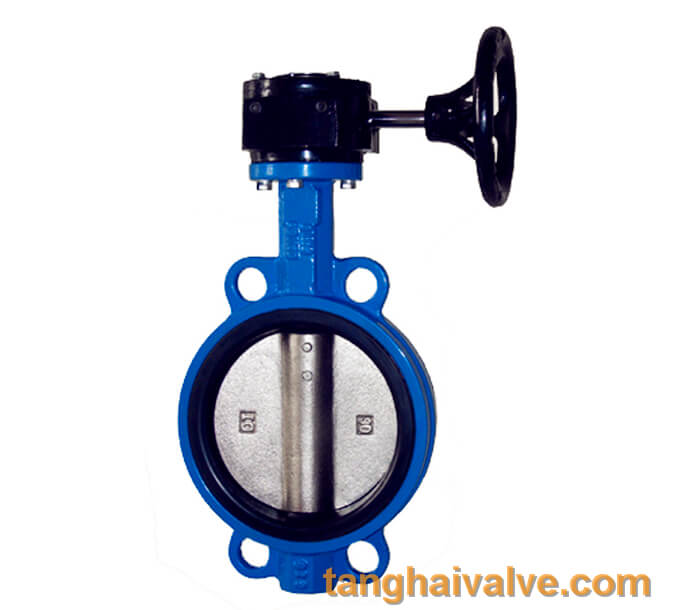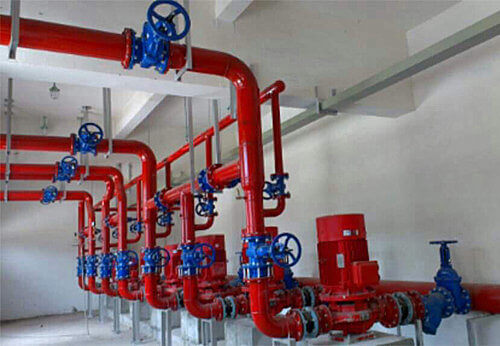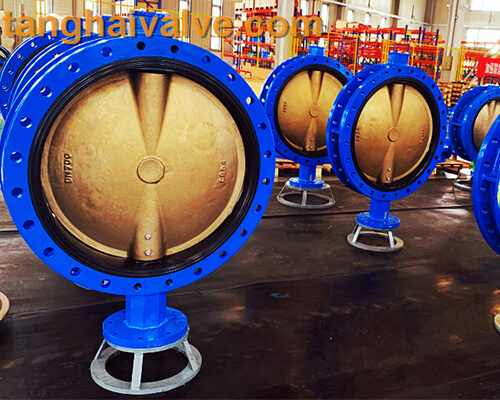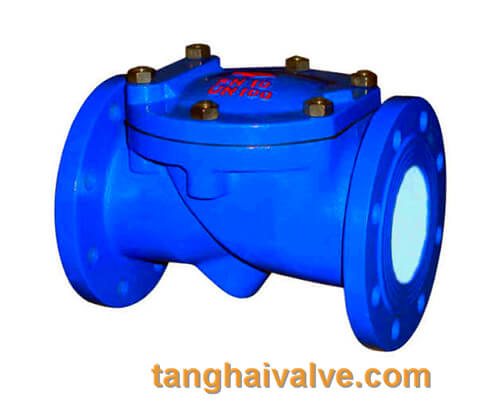The correct operation method of manual valve
The manual valve is operated by the operator with the help of a handle or a hand wheel to manipulate the opening and closing of the valve by manpower. When the valve opening and closing torque is large, a turbine device needs to be installed between the handle or hand wheel and the valve stem, which is more labor-saving. . Normally, the switching direction of a manual valve is to pull the handle or handwheel of the valve, turn it clockwise in the thorium direction to close, and turn it counterclockwise to open the valve. However, under special circumstances, the opening and closing direction of the manual valve may be reversed. This requires operators, especially those experienced

Wafer type butterfly valve with worm gear
operators, to not directly operate the valve based on experience, and check the valve before operation. Open and close signs to avoid losses caused by improper operation. The correct operation method of manual valve is as follows:
1. The operation of manual valve requires the person who manipulates the valve to hold the handle or hand wheel to operate. It is not possible to switch the valve with levers and long wrenches to avoid damage to the handle or hand wheel due to excessive force, let alone violent operation to avoid accidents. happen.
Under normal circumstances, the length of the handle or the diameter of the handwheel is less than 320mm, and only one person is allowed to operate; when the diameter of the handwheel is equal to or greater than 320mm, two people are allowed to complete the operation together, or a single person can appropriately use tools, levers or wrenches. Operate, but pay attention to the lever length not to exceed 0.5m.

manual valve installation site-method
2. Both manual gate valve and manual stop valve are operated with the help of handwheels. After the valve is fully opened or closed, it must be rotated 1/4 to 1/2 circle to make the threads tightly fit better and avoid the valve at the same time. Overtightening may cause damage.
3. To operate the manual steam valve, preheat the pipe before opening it to discharge the condensed water in the pipe; open the valve slowly to prevent the occurrence of water hammer and cause damage to the valve and pipeline equipment.
4. The sealing surface of the normally open manual valve is easy to stick to impurities and dirt. Before closing and closing, slightly open a slit to allow the high-speed flowing medium to wash away these foreign objects, and then gently close it to improve the sealing effect .
5. In some pipelines with over-temperature medium, when the manual valve is closed, the temperature in the valve body drops, because the thermal expansion and contraction cause the valve to shrink, and there will be some small gaps in the sealing surface, and the valve will leak. In this case, after closing the manual valve, close it again after a while.
The correctness of manual valve operation affects the service life of the valve and even production safety, so it is necessary to master the correct valve operation method. Safe production, start with small things.
TH Valve is a professional manufacturer of butterfly valve, gate valve, check valve, globe valve, knife gate valve, ball valve with API, JIS, DIN standard, used in Oil, Gas, Marine industry, Water supply and drainage, fire fighting, shipbuilding, water treatment and other systems, with Nominal Diameter of DN50 to DN1200, NBR/EPDM/VITON, Certificates & Approvals: DNV-GL, Lloyds, DNV, BV, API, ABS, CCS. Standards: EN 593, API609, API6D
Related news/knowledge:
Gate valve characteristics and installation notes;
Installation instructions of the wafer type butterfly valve;
Applicable occasions and operation method of ball valve;
Principle of Globe Valve (Figure)





 © Copyright 2020 Tianjin Tanghaidongyang Valve Co., Ltd. All Rights Reserved.
© Copyright 2020 Tianjin Tanghaidongyang Valve Co., Ltd. All Rights Reserved.